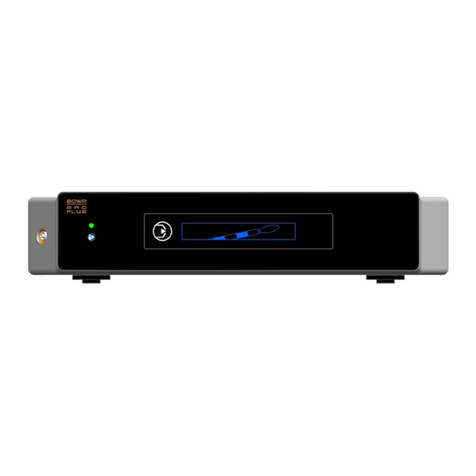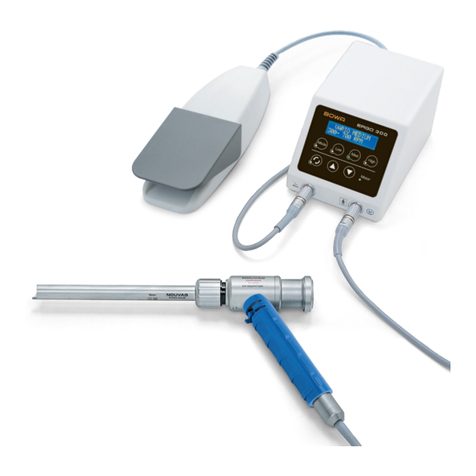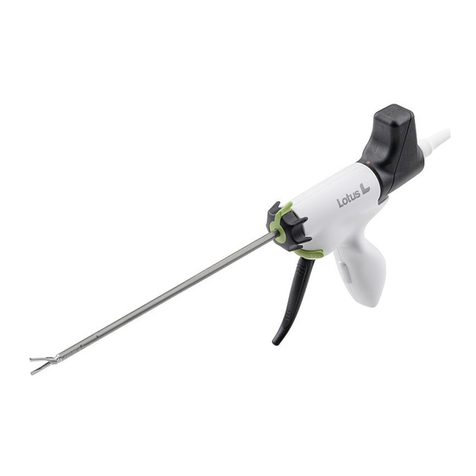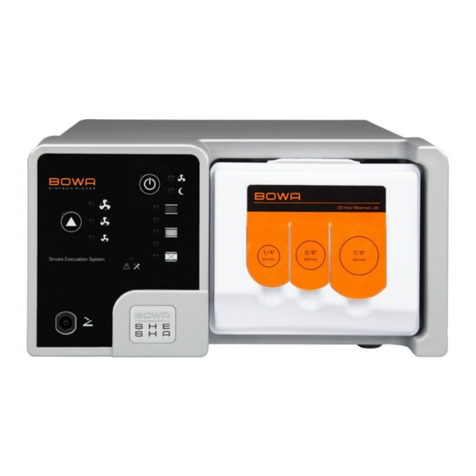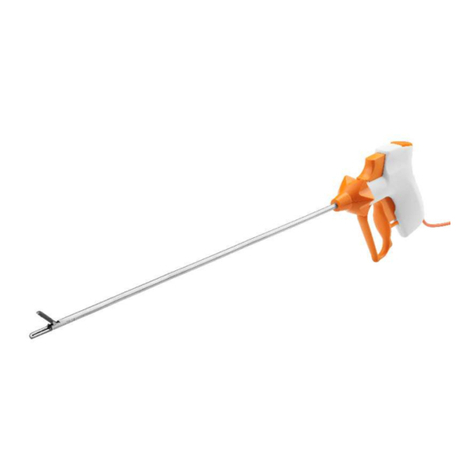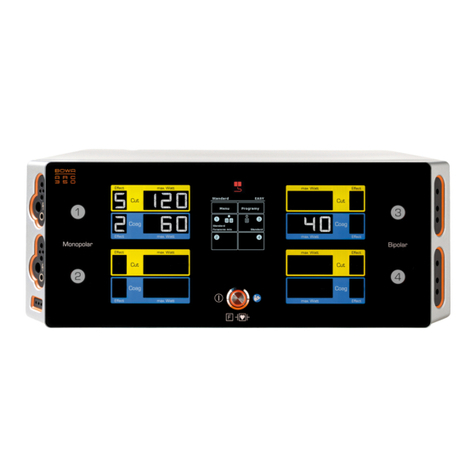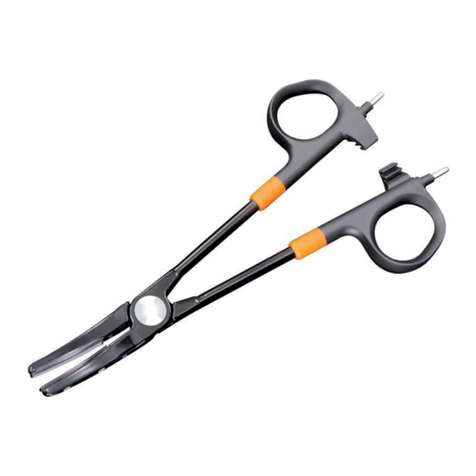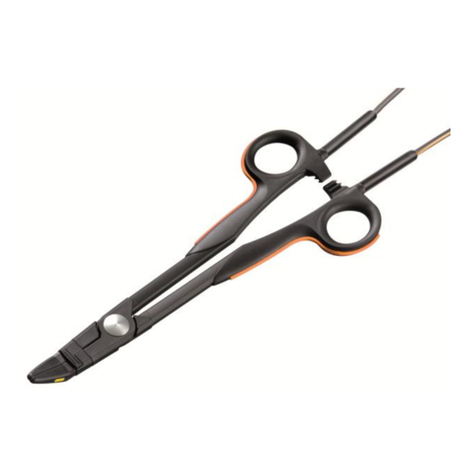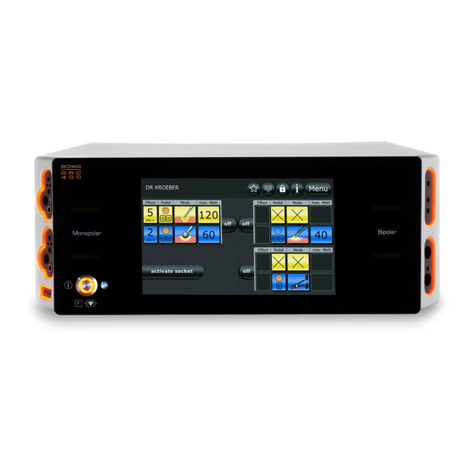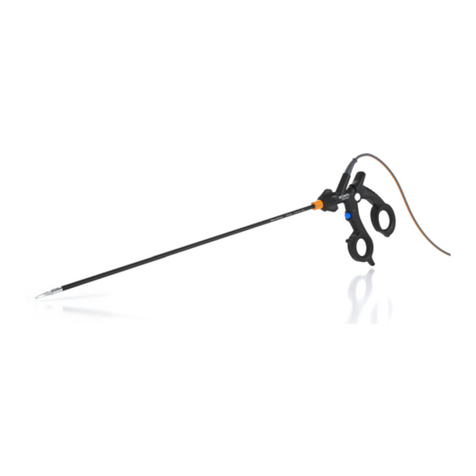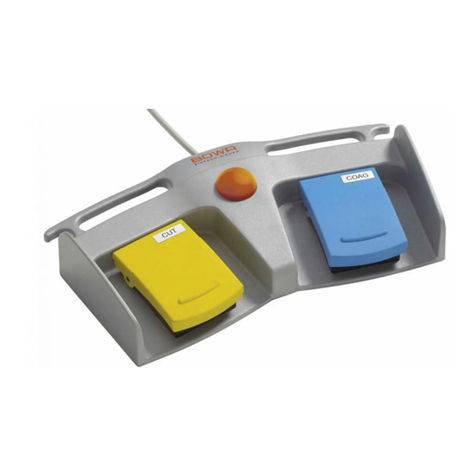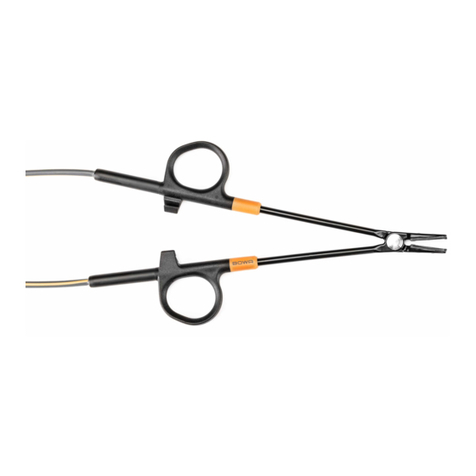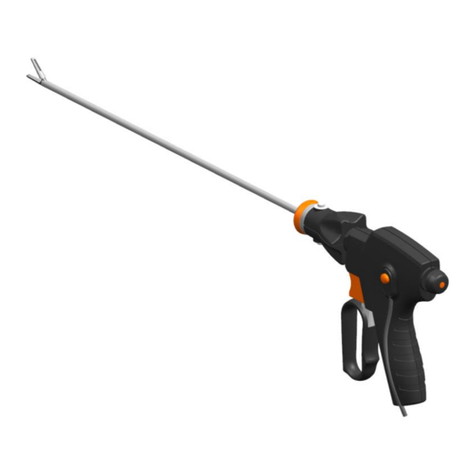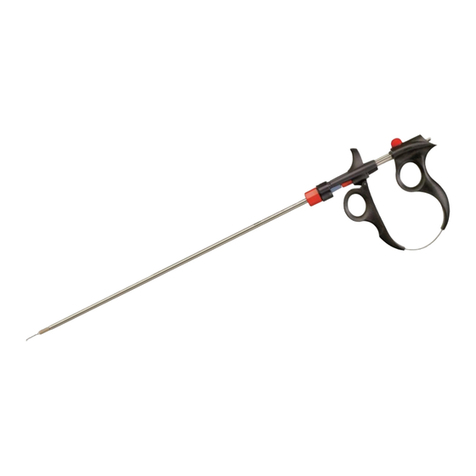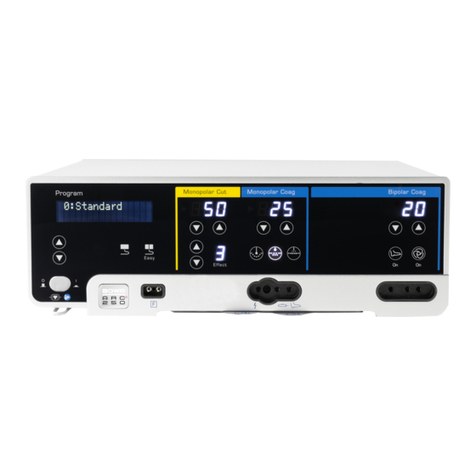
BOWA-IFU-12578-ERGOACT-S1-EN-20230206 Instructions for Use ERGOact 3
Contents
Key ............................................................................................................................1
Contents .................................................................................................................... 3
1 Applying the instructions for use ...........................................................................4
1.1 Scope of validity .....................................................................................................4
1.1.1 Sets .................................................................................................................4
1.1.2 Spare Parts ......................................................................................................4
1.2 Symbols and markings ...........................................................................................5
2 Intended Purpose .................................................................................................. 6
2.1 Indications .............................................................................................................6
2.2 Contraindications ...................................................................................................6
3 Safety instructions ..................................................................................................7
3.1 Device-related ........................................................................................................7
3.2 Use-related .............................................................................................................8
3.2.1 Patients with pacemakers ...............................................................................9
3.3 EMC information ....................................................................................................9
4 Description .............................................................................................................10
4.1 Mode of operation .................................................................................................10
4.2 Procedure during use ............................................................................................10
4.3 Clinical benefit .......................................................................................................10
5 Assembly ................................................................................................................11
6 Operation ...............................................................................................................12
6.1 Before use ..............................................................................................................12
6.2 Function test in the operating theatre ...................................................................12
6.3 During the operation .............................................................................................12
6.4 Removal .................................................................................................................14
6.5 After use .................................................................................................................14
6.5.1 Spare parts .....................................................................................................14
7 Dismantling ............................................................................................................15
8 Pre-conditioning ....................................................................................................16
8.1 General information ...............................................................................................16
8.2 Device-specific information ....................................................................................16
8.3 Inspection ..............................................................................................................18
8.4 Sterilisation packaging ...........................................................................................19
9 Ambient conditions ................................................................................................19
9.1 Transport and storage ...........................................................................................19
9.2 Operation ...............................................................................................................19
10 Technical data ......................................................................................................19
11 Disposal ................................................................................................................ 20
12 Symbols on packaging .........................................................................................20





















